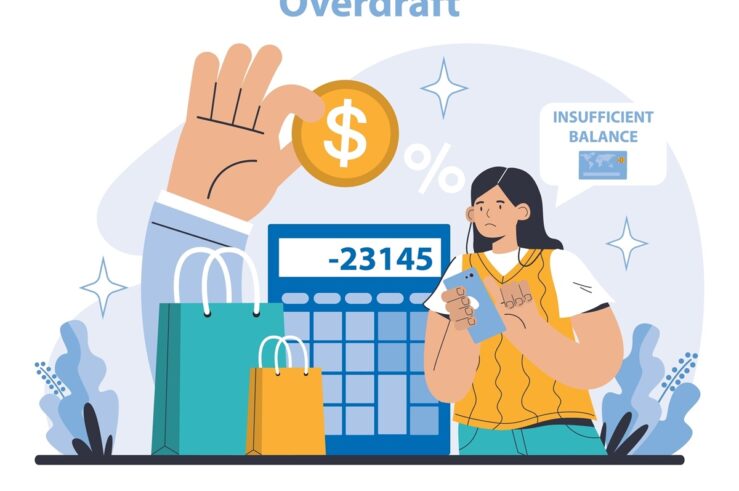A Second Circuit panel knocked over yet another federal prosecution, this one of General Re and AIG executives who were convicted of propping up AIG with an allegedly sham reinsurance transaction.
As summarized by a WSJ editorial, the abuses that sent this prosecution down the tubes “include prejudicial evidence, botched jury instructions and “compelling inconsistencies” suggesting that the government’s star witness “may well have testified falsely.””
Tom Kirkendall, who has been following these prosecutions closely, comments:
The deal did not affect AIG’s net income and was the type of transaction that AIG — and many other companies in the insurance industry – had done for years without any adverse market reaction, much less a criminal investigation. Moreover, the transaction in question was disclosed to and approved by AIG and General Re’s independent auditors.
That made no difference to avaricious prosecutors, who proceeded to pursue a dubious prosecution because any executive even vaguely associated with AIG after the Wall Street meltdown of 2008 were easy marks. They were right – the four Gen Re executives and the AIG executive were all convicted of conspiracy, mail fraud, securities fraud, and making false statements to the Securities and Exchange Commission
Tom notes that the court rejected other arguably sound bases for reversal and that
It’s never easy being an appellant, even after a trial that is chock full of prosecutorial misconduct. That’s why there shouldn’t be criminal trials in this type of case in the first place. Let the civil justice system allocate any damages resulting from any wrongdoing that can be proved among all of the responsible parties, not just a few sacrificial lambs.
The WSJ editorial also calls attention to the fundamental misdirection of blame at the heart of the AIG prosecutions:
The collapse of this case renders even more appalling the way that prosecutors used it to force both companies to fire their CEOs—Joseph Brandon at Gen Re and Hank Greenberg at AIG. In the latter case, the resulting loss of shareholder wealth—and creation of taxpayer risk—has been staggering.
Indeed, I noted two years ago, that the Eliot Spitzer-engineered firing of Hank Greenberg may have been what gave AIG’s Joe Cassano free reign to engage in the trading that brought AIG down. As I said then:
if Joe Cassano was the “man who crashed the world,” [as Michael Lewis said] Spitzer was the guy who gave him the keys to the car. And all this for [Greenberg’s] supposed non-fraudulent responsibility for a barely material (if that) accounting mistake, plus, of course, the boost to Spitzer’s then career.
This makes it especially ironic that one of the prosecutorial misdeeds that led to the recent Second Circuit reversal was the prosecution’s use of a misleading stock price chart to try to blame all of AIG’s decline on the defendants’ reinsurance transaction. As the court said [footnotes omitted]:
the government exploited [the evidence of AIG’s stock price decline] to emphasize the losses caused by the transaction. For example, the government reminded the jury during rebuttal summation that:
[B]ehind every share of [AIG] stock is a living and breathing person who plunked down his or her hard-earned money and bought a share of stock, maybe [to] put it in their retirement[] accounts, maybe to put it in their kids’ college funds, or maybe to make a little extra money for the family.
* * *
The charts suggested that this transaction caused AIG’s shares to plummet 12% during the relevant time period, which is without foundation, and (given the role of AIG in the financial panic) prejudicially cast the defendants as causing an economic downturn that has affected every family in America.
In other words, the reversals went directly to the scapegoating for the financial crisis that lies at the heart of many of these and other misguided financial prosecutions. This scapegoating is especially egregious in a case in which the arrow of blame points directly at prosecution itself.




